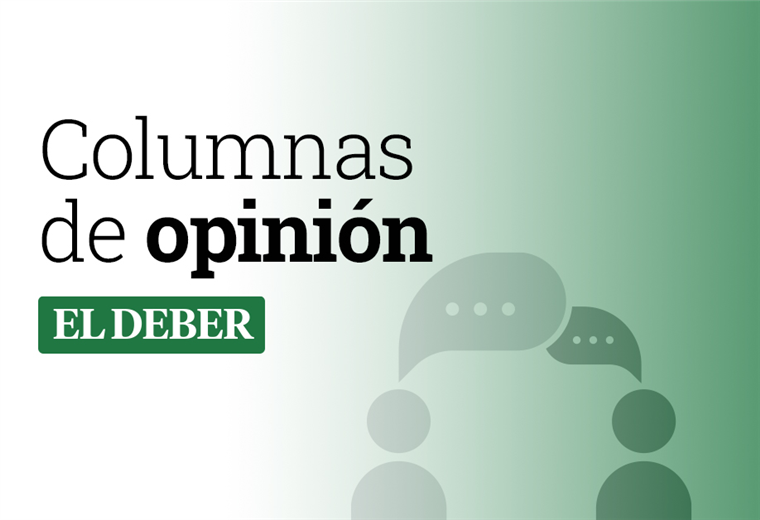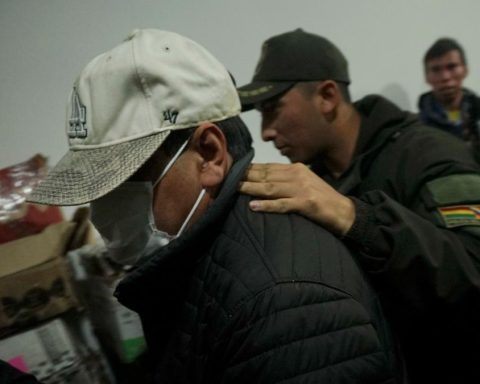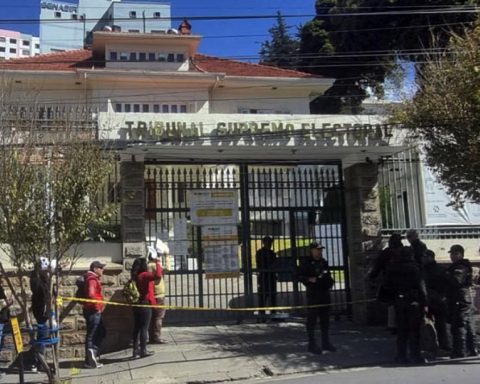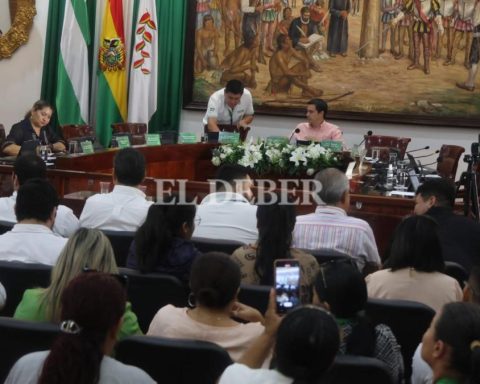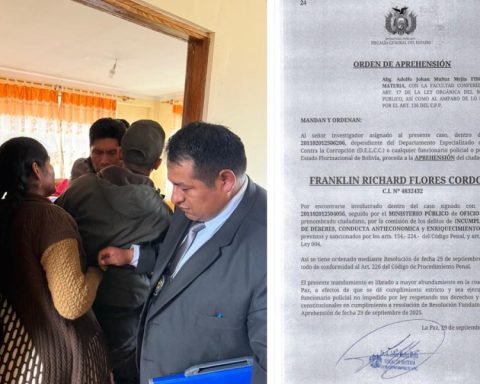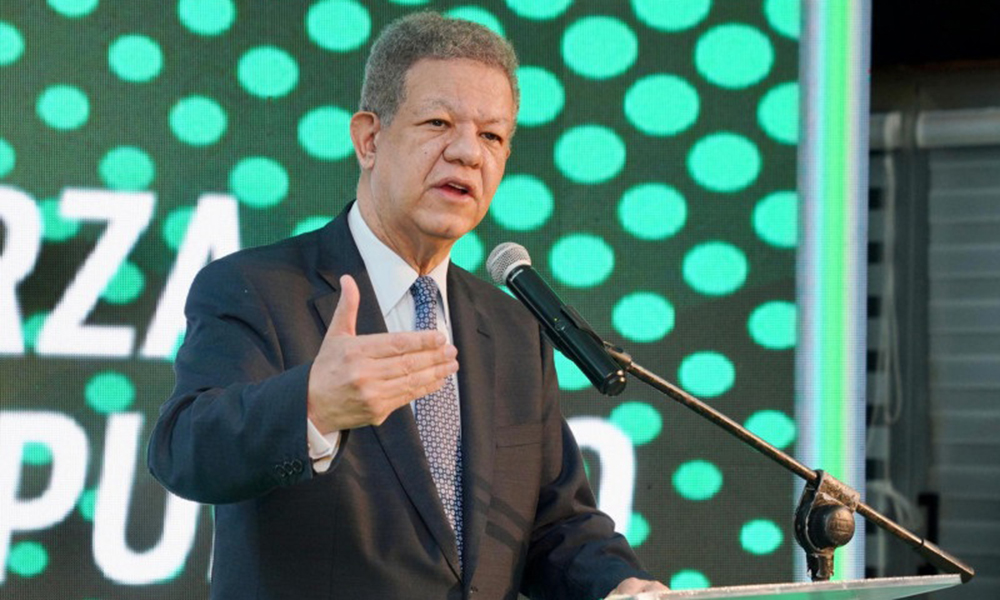August 20, 2024, 4:00 AM
August 20, 2024, 4:00 AM
The proposals put forward in meetings with the business sector and previously with mayors and governors will not solve Bolivia’s economic crisis. They are agreements that lead nowhere, and the government does not assume the responsibility of taking economic measures to solve the root of the problem.
The current economic crisis in Bolivia is a crisis that originates in the Fiscal Deficit since 2014, because expenses are greater than income and were deepened by the Deficit in the Balance of Payments where imports are greater than exports, which makes access to dollars impossible. Therefore, it is the current “social, community and productive economic model” implemented by MAS that is in crisis, does not work and must be changed.
At the meeting with governors and mayors last June, the government’s main objective was to generate a list of projects, rescheduling of loans, and price control, which in its general conception projects greater indebtedness. In no way did the governors and mayors object to the works with external financing, and the government thereby generated a front of pressure towards the Plurinational Legislative Assembly for the approval of more loans.
Likewise, the agreements reached in the last dialogue on the economy between the government and the business sectors aim to maintain the contracts of the business sector with the state, and in turn, to obtain some dollars by pressuring the Plurinational Legislative Assembly with more credits and thus, to face the purchase of fuel, but in no way aims to resolve the crisis in a structural way. This 17-point agreement aims mostly at the provision of dollars via international credit, that is, dollars will be provided and dollars will be available in the international accounts of the BCB, which will help YPFB pay for the purchase of fuel. The question immediately arises: How will those dollars be introduced into the Bolivian economy for the projects to be approved? These projects will be executed in bolivianos, so they will necessarily be financed with monetary emission and that means greater price inflation. This indicates to us that businessmen and politicians have only privileged their interests, some to maintain the contracts with the state and others to reach the elections of 2025.
To resolve the crisis, an IMF loan is needed to resolve the crisis in the Balance of Payments. With this, Bolivia will have a supply of dollars not only in the international accounts of the BCB but also to carry out a cash transfer (by plane) to distribute a stock of dollars in cash to the financial system. This loan can reach between 5,000 and 10,000 million dollars. Unfortunately, this type of credit requires a high level of specialization in its management, an opening to foreign investment, modification of the labor regulatory framework, and a plan for the management of specialized financing, and this government lacks human resources that can do it. This necessarily implies a change in the economic model.
Finally, there have been several meetings between social, business and government sectors, but the country has not witnessed a technical meeting where solutions are presented that will solve the root problem. The agreements were simply a salute to the flag! while Bolivians are getting used to queues for fuel and a search for dollars for international trade. Bolivia needs a change of economic model, which attracts foreign investment, which generates decent employment, which links national businesses to the international dynamics that today go hand in hand with information technology, computing, data, and just acquiring more debt to buy fuel will not solve the economic crisis that deepens every day.
